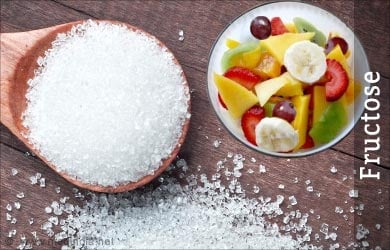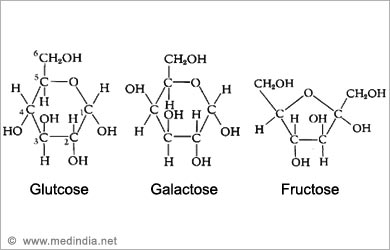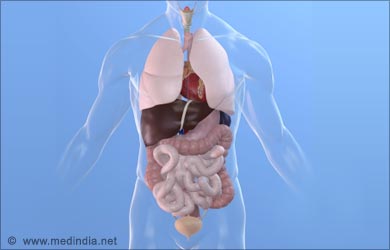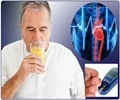- Lustig, R. Fat Chance “The bitter truth about sugar” 2013
- Bray, G., Nielsen, S.J, Popkin, B.M. Consumption of high-fructose corn syrup in beverages may play a role in the epidemic of obesity. American Journal of Clinical Nutrition. August 10, 2004
- Rippe,J.M., Angelopoulos,T.J. Sucrose, high-fructose corn syrup, and fructose, their metabolism and potential health effects: what do we really know? American society for nutrition. Adv. Nutr. 4: 236–245, 2013
About
Sugar in terms of caloric value is similar to starch, but in terms of metabolic effects, it is far different. It comes with a special payload.
Every successful diet till date restricts sugar. Sugar is, bar none, the most successful food additive known to man. Nearly every processed food contains some amount of it.

Sugar is generally categorized as an “empty caloric food” and is commonly put under the starch category. Sugar in terms of caloric value is similar to starch, but in terms of metabolic effects, it is far different. It comes with a special payload! Table sugar or sucrose is made up of half glucose and half fructose. It’s the fructose that makes it sweet and is the molecule we crave to consume. At the same time, it’s the fructose that is harmful and is the cause for metabolic diseases.
There are three molecules that make up sugars:
- Glucose, which is absolutely essential for life. It is so important, that if one does not get it from the diet, the body makes it in order to keep the blood glucose levels up.
- Galactose, which is present in milk. It is converted immediately to glucose in the liver.
- Fructose, naturally occurring in fruits. It is present in high fructose corn syrup, sucrose (table sugar), maple syrup, agave nectar and virtually every caloric sweetener.

The problem is that fructose is not glucose. Glucose is regulated by insulin. Fructose is not regulated by insulin. Glucose gets converted to glycogen in the liver for storage which is non toxic form of storage energy in the liver. This energy is released when one exercises. So in case of glycogen depletion from either starvation or exercise, glycogen stores are rebuilt from fructose.
The problem arises when such is not the case. When one is at rest and in energy excess, which is the state most of us are in, on consumption of a large sugar load (soft drink, enormous bolus of sugar in form of sweets, juices) the fructose is not converted to glycogen due to its abundance. It goes down to the liver mitochondria (energy burning factories within cells) which are overwhelmed and have no choice but to take the extra energy provided by fructose and turn it into liver fat. Liver fat drives other chronic metabolic diseases by inducing insulin resistance.
Long-term consequences of excess fructose consumption are-
1. Insulin resistance, which causes a rises in blood glucose eventually leading to diabetes.

2. Liver insulin resistance forces the pancreas to release extra insulin, which in turn forces extra energy into fat cells, leading to obesity.
3. Insulin blocks the signal in the brain that would normally convey satiety. Leptin is a hormone responsible for satiety. Insulin blocks this “leptin signaling” and causes one to eat more.
4. Ghrelin, a peptide produced by cells in the stomach, is the “hunger signal”. Normally, ghrelin levels rise with increasing subjective hunger and decrease after a meal. However, fructose intake does not decrease ghrelin, therefore caloric intake is not suppressed.
5. Fructose consumption in the form of a big gulp does not reduce the volume of food needed to feel satiated, leading to excessive food consumption.
6. Fructose may also cause a breakdown of the intestinal barrier. The leaky gut increases the body’s exposure to inflammation. This worsens insulin resistance and drives the insulin levels even higher.

7. Fructose undergoes the maillard (browning) reaction seven times faster than glucose, which can cause cell damage. Although still under research, fructose could accelerate ageing and development of cancer. High insulin levels could also drive the growth of many cancers.






